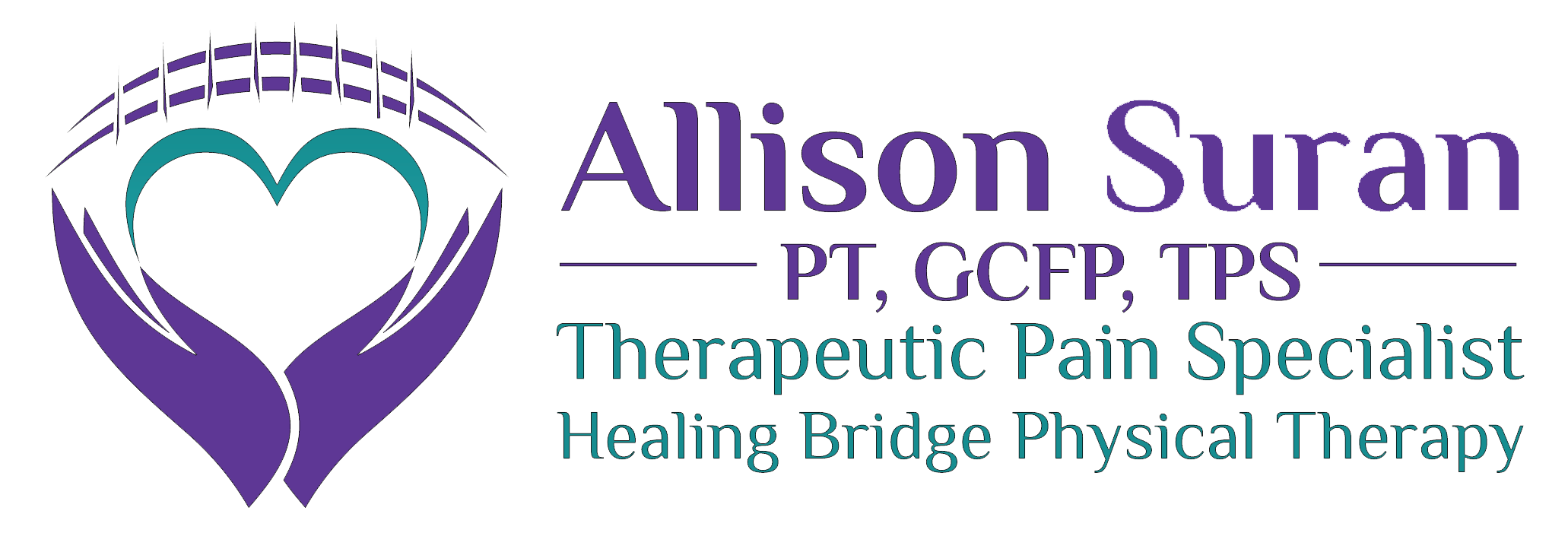Crutches, Walkers and Canes, OH MY! 04/28/2015
April, 2015
Prior to surgery, I had planned to get my shoulders “in shape” with my crutches. I practiced a few times, but it was pretty hard to slow my walking down that much until being forced to. Now I realize, after 28+ years of thinking I know how to instruct my patients in how to use crutches, a walker, or cane, and WOW – there’s a whole lot more to it.
My situation is a bit unique as my doctor instructed me to be Touch-Down Weight Bearing for 6 weeks. This is close to Non-weight Bearing but just a tad easier. It means I can place my foot on the ground, but only to support the weight of that leg, not my whole body. I’ve been figuring out what I like best: regular crutches, the “new” fancy crutches that have a spring in the support leg, or my 4-wheeled walker with a sitting bench.
Keeping the weight mostly off my foot requires a LOT of upper body/shoulder strength and because of some historical shoulder pain it has been important to really attend to my technique. The good news is that strength builds gradually because the 1st couple of days all I could do was go to and from the bathroom and my activity level has increased gradually since then. Although my palms are still sore, and there was a bit of uncomfortable rubbing on my ribs from the crutches, walking to keep the weight off my leg is certainly more of a work out than regular walking.
I decided early on that I like the “old fashioned” crutches better than the new ones. They are lighter, the support under the arms is smaller and rubs less, and I prefer the solid support without the spring. The Feldenkrias practitioner in me looks for ideal skeletal support so that when I press down through my arms and hands, I feel the solid support of the floor helping lift my body back up.
I also found discovered that I had a strong tendency to look down, rolling my shoulders forward and letting them raise up a bit during the support phase (keeping weight off my right foot) hence losing my posture. I recalled all of the times I’ve taught patients to roll their shoulders down and back, and practice a “shoulder blade squeeze” for strengthening and posture. When I use my crutches with this technique, I get tall, lift my sternum, keep my shoulders in optimal position for stability, and extend slightly in my mid-back. I feel so much better and stronger.
As I recovered my energy, I realized I would need to switch to the walker with the seat so that I could transport some of my own things back and forth around the house. Initially I didn’t like the support of the walker handles. As I pressed down, they would give-way about an inch or so. I had to get used to this less-solid sense of support. Since the walker has 4-wheels, it was also extremely difficult to take a step without feeling like it was going to run away from me. I then realized I could to a partial wheel brake with each step. It took some coordination at first, but I got it down. Then I realized I could keep the brakes on all the time (as they are only on the back wheels, and just left the back of the walker as I pushed it forward rolling it on the front wheels. Thus basically using it like the traditional front-wheeled aluminum walkers.
I’ve played around with different postures, support through my arms and shoulders, as well as foot placement. Again, from my Feldenkrais background, I know it’s good to experiment with lots of different movement patterns. I do try to keep my full foot and heel on the ground when I step to try to minimize my heel-cord (Achilles tendon) tightening but sometimes I notice the habitual urge to put more weight through my leg when I do this.
I did have a moment of connection to our primate ancestors while on crutches. I was walking along and suddenly had an image of a gorilla walking with his fists on the ground, swinging his trunk and legs forward. As I explored thinking about their way of moving I realized that apes tend to be very rounded in their mid-backs and our evolution as brought us more fully upright. So in the end, the image didn’t serve me as I do prefer being upright. I also know that good posture not only supports me physically, but there is research that shows it helps our emotional outlook as well.

